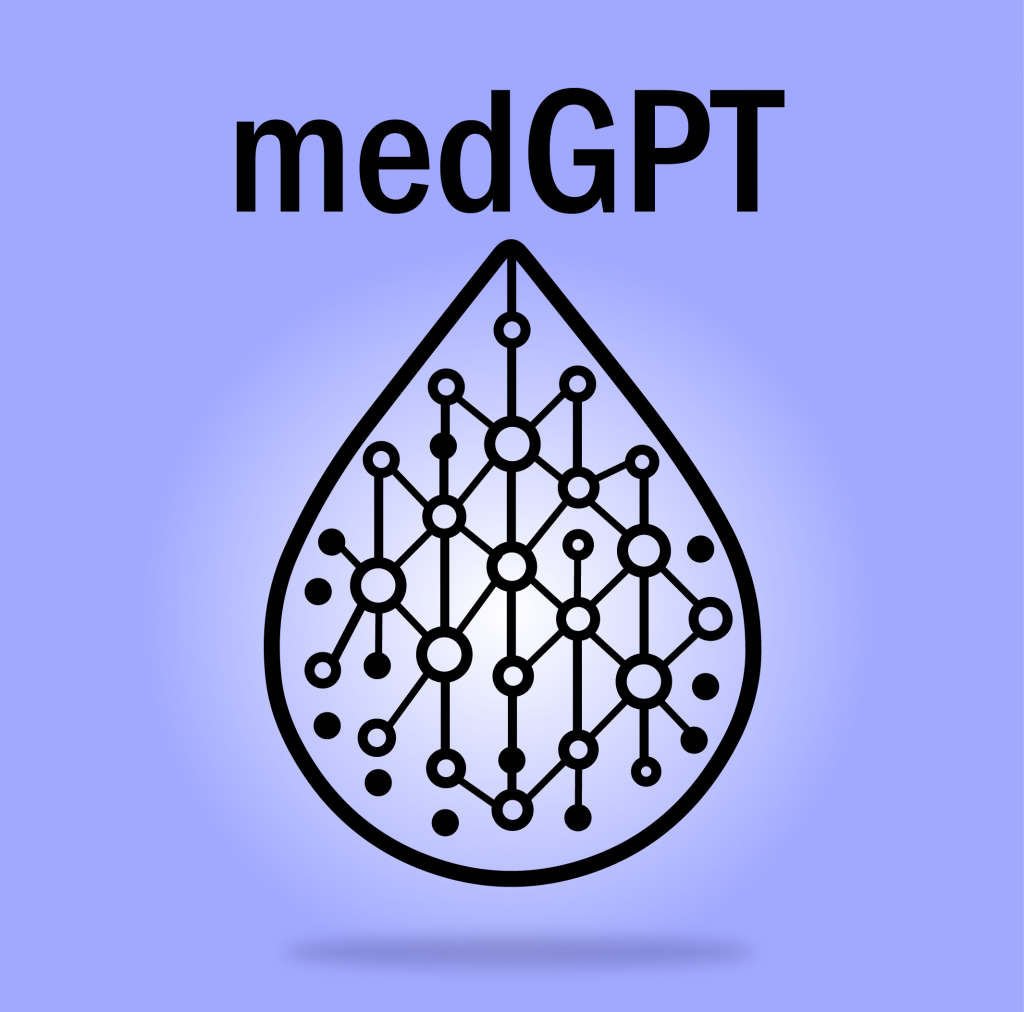This use case is aimed at significantly improving the efficiency of critical care by adapting the staff planning to the projected clinical needs and by preventing non efficient critical care use of patients in whom critical care admission is not projected to have benefit. In the Intensive Care Unit (ICU) patient care is performed in a very low (1:1 or 1:2) nurse to patient ratio. However, the instream and outstream of patients in intensive care massively fluctuates over the year. This results in significant shortages on some days whereas on others the number of nurses is much higher than the number of patients resulting in unused overcapacity.
This use case will have an improvement and expansion of medical diagnostic techniques in combination with GenAI can improve medical practice and at the same time help to reduce costs by detecting deterioration earlier, prevent unplanned readmissions and fall-incidents.
Perioperative care concerns the healthcare of a patient before, during and after an in-hospital procedure or treatment. Globally, 310 million major surgical procedures are performed annually and this amount is expected to increase. With estimated postoperative mortality rates between 1 and 4% and morbidity rates of around 15% and more, the impact of perioperative care on health is considerable.
Comorbidities in the elderly population refer to the presence of multiple chronic conditions in an individual. The most common comorbid conditions that occur in elderly people include heart disease, hypertension, respiratory disease, cerebrovascular disease, diabetes, joint disease, sensory impairment, and neurologic problems. This multiple chronicle condition needs complicated care procedures and clinical treatment plans involving various medications, lifestyle modifications, and regular medical appointments.
Our suggested use case involves focusing on Pediatrics, an area that often causes parents to panic and leads to unnecessary doctor visits. The chronic diseases within the scope of this project include Type 1 and 2 Diabetes, obesity, and other related health conditions that are / might be related and / or can be triggered, which are the most common chronic conditions in this age group.
This use case aims to improve the quality of both administrative and medical decision-making processes. With the target of most efficient AI training, in addition to the data to be provided, a leading Turkish hospital chain will be supporting the use-case by providing extensive data.
As a use case tool Xplain AI developed by TechMeetsLegal GmbH (TML) will be used within the broader MedGPT framework to efficiently promote Xplain-AI as an integrated cross-sectoral solution. The tool at this moment provides a knowledge base for healthcare staff and has been tested extensively by Samariterbund Austria as well by staff of other public organisations. The architecture of Xplain is based on a knowledge graph architecture and can be used for reasoning tasks.
Within the Austrian use case we want to extend Xplain-AI and bring LLM into the focus of the tool. Thus, technically we aim to provide a structure of LLMs for clinical processes, such as where to go when checking in a hospital, which are the next steps to be taken, etc.
























